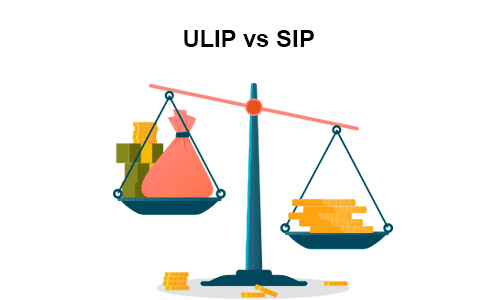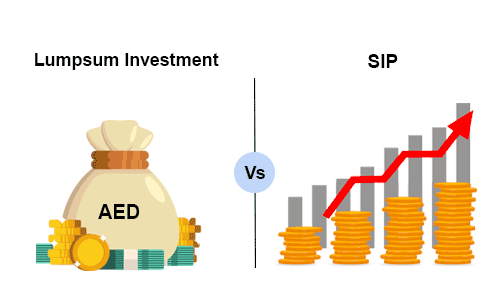Mutual Fund Return Calculator – How to Use?
Investing in mutual funds? The most important questions here will be this — how much will you get in return over time? While you can certainly find this through manual calculations, a much easier option to gauge your investment returns is to use a mutual fund calculator. This handy tool helps you calculate the potential returns from the mutual fund investment over the tenure.
What is a Mutual Fund Calculator?
A mutual fund calculator is an online financial tool that helps you calculate the future return from your investment.
Using this tool is quite easy. Simply put some variables like your investment amount (monthly or lump sum), tenure, expected growth rate, and more. This will show you the potential return calculation of the mutual fund plan in an instant.
With accurate results regarding your investment amount and total returns, you can easily make informed financial decisions.
How Does a Mutual Fund Return Calculator Work?
As mentioned earlier, this calculator simply requires a few details from your end — investment amount, the period for which you plan to invest, and the estimated rate of growth. In return, it shows your gains and the total investment value.
However, it’s worth noting that this calculator is used for both types of investment — SIP and lumpsum amount investment. On most sites, rather than separate mutual fund SIP calculators or mutual fund lumpsum calculators, you’ll find one tool that shows results for both.
| SIP (systematic investment plan) | One-Time Lump Sum |
|---|---|
| You invest a fixed amount in a mutual fund(s) of your choice. The most popular frequency for this is monthly. | It is a one-time investment of a large amount in a mutual fund. This is ideal for investing once and letting your money grow over time. |
While lump sum calculations can be relatively easier, finding your investment’s total value in an SIP can be especially tedious. For this reason, it’s always a good idea to use a mutual fund SIP calculator online.
The formula behind the calculation of mutual funds is different for SIP and lump sum.
Here is a brief overview of the formula —
| Formula of Mutual Fund Lumpsum Calculator | Formula of Mutual Fund SIP Calculator |
|---|---|
| FV = P x (1+R)^t | FV = A [ (1 + R)t – 1] x (1 + R)/R |
- FV = Future value
- P = Principal amount
- A = SIP amount
- R = Rate of return
- t = Tenure (in years for Lumpsum/in months for SIP)
Let’s understand the calculation of the mutual fund return calculator using examples:
| Values | One-time Mutual Fund Lumpsum Calculator | SIP Mutual Fund Calculator |
|---|---|---|
| Case | You invest a lump sum amount of AED 200,000 in mutual funds for 20 years with a rate of return of 10% P= AED 200,000 R= 10% or 10/100 t= 20 | You invest AED 5,000 a month in SIP. The tenure is of 20 years and the estimated rate is 10% p.a. A= AED 5,000 R= 10% t= 20 |
| Total Amount Invested | AED 200,000 | AED 1,200,000 |
| Returns | AED 1,145,500 | AED 2,628,485 |
| Total Investment Value | AED 1,345,500 | AED 3,828,485 |
Advantages of Using a Mutual Fund Profit Calculator
Here are some of the benefits that you can enjoy with a mutual fund calculator —
- It is quite easy to use — you just need to enter a few details to calculate your future returns
- You can easily get an estimate of future returns from the invested amount
- You can save your time and effort by avoiding complex manual calculations
- Mutual fund SIP calculators online are free to use
- You can get a clear comparison chart of various mutual funds, whether it’s SIP or lump sum
- It assists you in setting financial goals with proper planning
Frequently Asked Questions
With a mutual fund calculator, you can easily calculate the estimated return and manage your funds accordingly. It also supports you in making informed financial decisions.
To calculate the capital gain on a mutual fund, subtract the purchase price from the sale price.
Yes, there are many mutual fund schemes where you can get a return of 15%. Such high returns are more likely with mid-cap or small-cap mutual funds.
Yes, you can pause your mutual fund SIP. However, different companies follow different procedures to pause an SIP. Thus, verify the process and the terms regarding the pause before investing.
You can withdraw your lump sum mutual fund at any time unless the mutual fund company has a lock-in period.
More From Investment
- Recents Articles
- Popular Articles






.jpg)












.jpg)
.jpg)
















